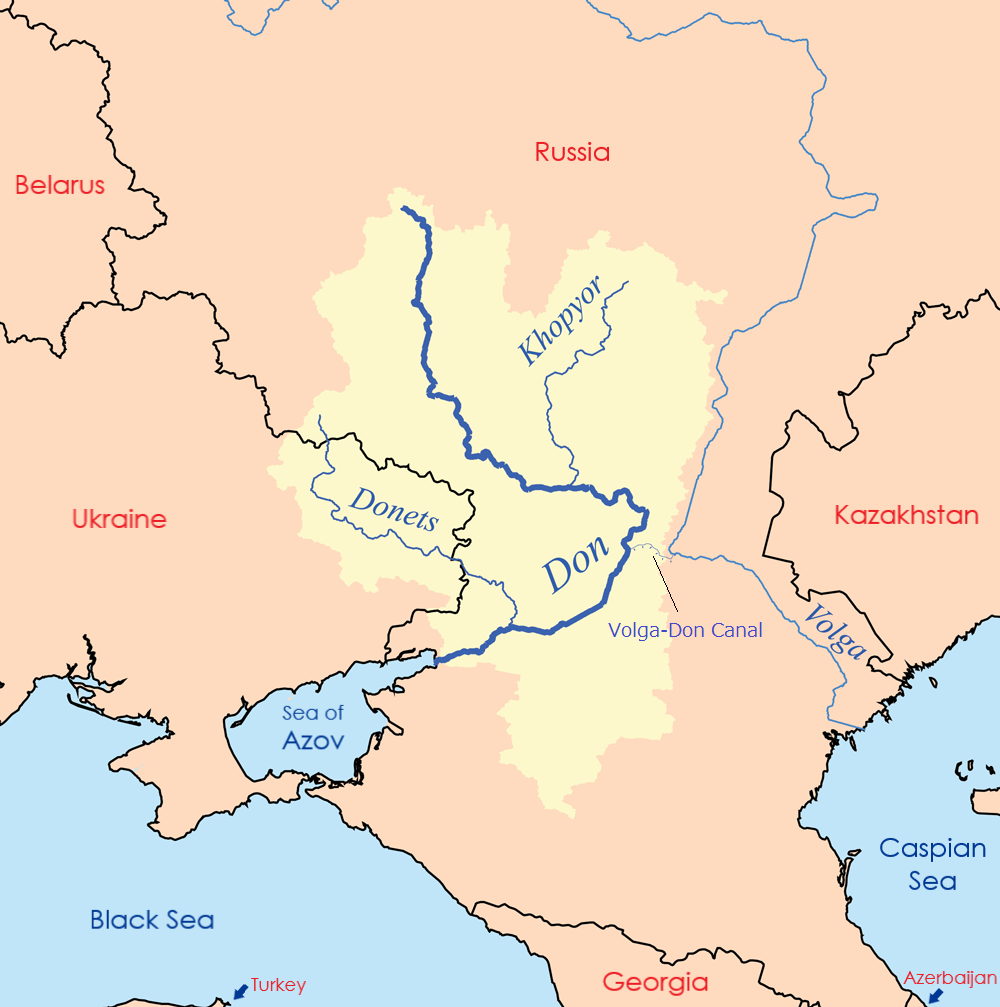Volga-Don Canal Connection Map


David Chen
Data Visualization Specialist
David Chen is an expert in transforming complex geographic datasets into compelling visual narratives. He combines his background in computer science ...
Geographic Analysis
What This Map Shows
The Volga-Don Canal Connection Map illustrates the crucial link between the Caspian Sea and the world’s oceans via the Volga and Don Rivers. This visualization highlights the canal's route, its key features, and its significance in facilitating maritime trade. Understanding this map not only reveals the geographic layout of the canal but also underscores the strategic importance of this waterway in connecting inland waterways to global shipping routes.
Deep Dive into the Volga-Don Canal
The Volga-Don Canal is an engineering marvel, completed in 1952, that serves as a critical artery for transportation in Russia. Spanning approximately 101 kilometers (about 63 miles), it connects the Volga River, the longest river in Europe, to the Don River, which flows into the Sea of Azov. This canal allows vessels to bypass a significant distance of travel around the Caspian Sea, enhancing trade efficiency and reducing shipping times.
Notably, the canal has a series of locks and waterway systems designed to accommodate large ships, enabling cargo transport between the Caspian Sea and the Black Sea, and ultimately to the Mediterranean and beyond. The volume of cargo transported through the canal is impressive, with millions of tons of goods, including oil, grain, and machinery, passing every year.
Interestingly, the Volga-Don Canal is not just a transportation route; it also plays a role in regional irrigation and hydroelectric power generation. The canal contributes to agricultural activities in the surrounding areas, providing much-needed water for irrigation, which is essential given the arid conditions of many parts of southern Russia.
Moreover, the canal is vital for the Russian economy, facilitating international trade with countries bordering the Caspian Sea and beyond. The strategic location of the canal has made it a focal point in geopolitical discussions, especially in the context of energy resources and trade routes. In recent years, there has been increased interest in expanding and modernizing the canal to accommodate larger vessels and improve trade efficiency.
Regional Analysis
The Volga-Don Canal traverses various regions, each with its unique characteristics and economic implications. In the Volga region, cities like Volgograd and Astrakhan serve as key hubs. Volgograd, historically known as Stalingrad, is not only significant for its historical battles but also for its role as a shipping and freight center. The port facilities here are vital for handling goods transported via the canal, connecting them to broader trade networks.
Moving towards the Don region, cities like Rostov-on-Don are equally important. Rostov acts as an essential junction for goods moving to and from the Black Sea. The canal's role in facilitating trade through these cities cannot be overstated, with both regions relying heavily on the waterway for economic activity.
Interestingly, the environmental aspects of the canal are also noteworthy. The ecosystems along the Volga and Don Rivers have been impacted by the canal's construction and operation. Efforts have been made to monitor and mitigate these effects, leading to ongoing discussions about balancing economic development with environmental sustainability.
Significance and Impact
The significance of the Volga-Don Canal extends beyond mere transportation; it symbolizes Russia's attempts to modernize its infrastructure and enhance its position in global trade. As various international markets evolve, the canal’s importance is projected to grow, with expectations of increased cargo traffic and investment in modernization.
The canal also holds geopolitical significance, particularly in the context of energy transport from the Caspian region. With the discovery of oil and gas reserves, the Volga-Don Canal has become a critical route for transporting these resources to global markets. As energy demands continue to rise, this waterway's role in energy logistics will be paramount.
In summary, the Volga-Don Canal is more than just a water route; it is a vital component of Russia’s economic landscape, influencing regional development, trade, and environmental management. As we look to the future, understanding the dynamics of this canal will be essential for comprehending broader global shipping trends and regional geopolitics.
Visualization Details
- Published
- September 13, 2025
- Views
- 84
Comments
Loading comments...